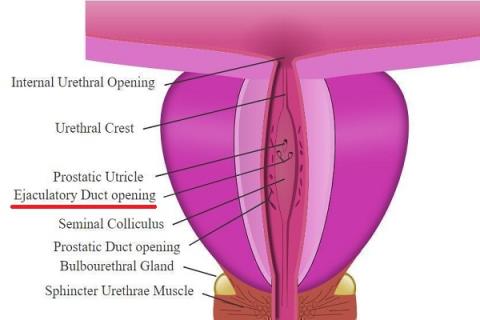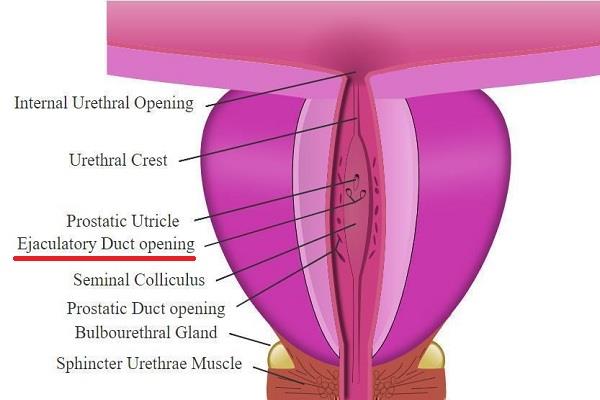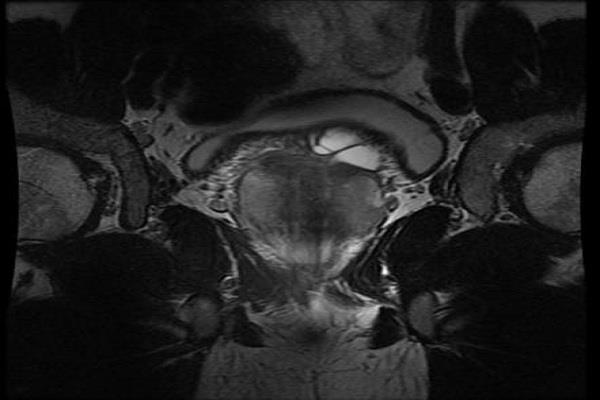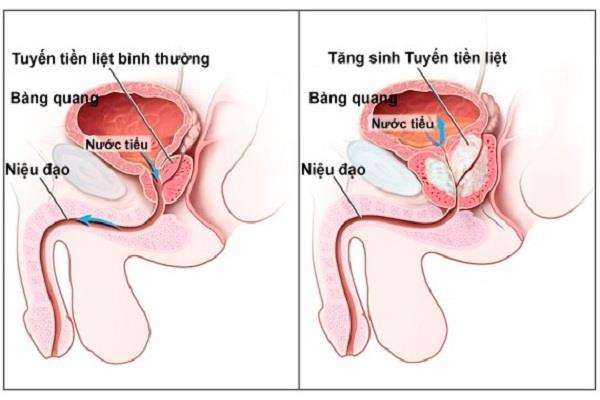The Human Ejaculatory Duct: Structural Features, Functions, and Key Disorders

The human ejaculatory duct is a vital component of the male reproductive system, playing a pivotal role in sperm motility and ejaculation. Understanding its structure, function, and associated disorders is essential for maintaining male fertility. Discover key insights about this crucial anatomical feature below.
Table of Contents
- 1. What Is the Human Ejaculatory Duct?
- 2. Anatomical Structure
- 3. Functions
- 4. Ejaculation and Orgasm
- 5. Ejaculatory Duct Obstruction
- 6. Benign Prostatic Hyperplasia
1. What Is the Human Ejaculatory Duct?
The human ejaculatory duct consists of two hollow tubes formed by the fusion of the vas deferens and seminal vesicle ducts. These ducts channel sperm and seminal fluid into the urethra, passing through the prostate gland. Each duct measures approximately 2 cm in length and is exclusive to the male reproductive system.

2. Anatomical Structure
The ejaculatory ducts are situated symmetrically within the prostate gland, comprising three layers:
| Layer | Description |
|---|---|
| Fibrous Layer | Outermost layer, thins within the prostate |
| Muscle Layer | Longitudinal and circular fibers aiding fluid transport |
| Mucous Membrane | Inner layer facilitating smooth semen passage |
These ducts terminate in slit-like openings near the prostatic urethra, enabling semen release during ejaculation.
3. Functions
The ejaculatory duct performs two critical roles:
- Semen Transport: Combines sperm from the vas deferens with seminal vesicle fluid.
- Ejaculation Support: Contracts to propel semen into the urethra during climax.

4. Ejaculation and Orgasm
While ejaculation and orgasm often coincide, they are distinct processes. For instance, retrograde ejaculation occurs when semen flows backward into the bladder, resulting in a "dry orgasm." Conversely, spinal cord injuries may permit ejaculation without orgasm. Male infertility can arise from such dysfunctions.
5. Ejaculatory Duct Obstruction
Ejaculatory duct obstruction (EDO) affects 1–5% of infertile men (NIH, 2014). Key symptoms include:
- Azoospermia (absent sperm in semen)
- Low semen volume
- Pelvic pain
Diagnosis involves transrectal ultrasound (TRUS) or semen analysis. Treatment options include minimally invasive procedures like transurethral resection (TURED).

6. Benign Prostatic Hyperplasia
Benign prostatic hyperplasia (BPH) affects 50% of men over 50 (Urology Care Foundation). Enlarged prostate tissue can compress ejaculatory ducts, causing:
- Retrograde ejaculation
- Painful ejaculation
- Reduced semen volume

Understanding the human ejaculatory duct’s role in reproduction is vital for diagnosing and treating male infertility. Regular check-ups and early intervention can preserve fertility and sexual health.
Dr. Nguyen Lam Giang